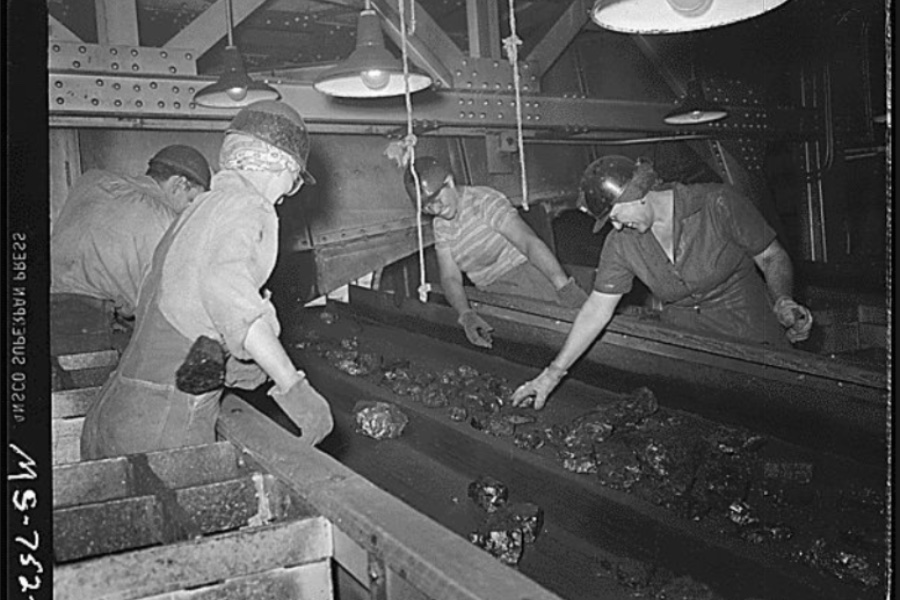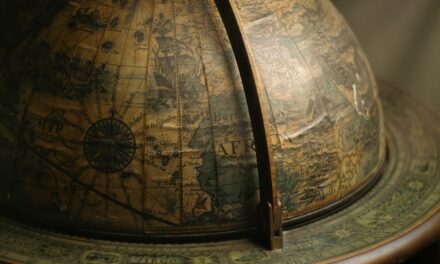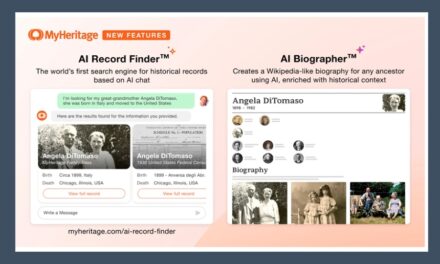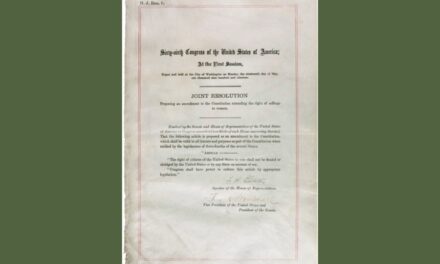The exhibition Power & Light: Russell Lee’s Coal Survey debuted at the National Archives in Washington, DC, on March 16, but the entire archival series is substantially larger than the 200 images on display.
Archivists recently completed a months-long project to make the entire catalog digitally available to the public. Power & Light: Russell Lee’s Coal Survey is open to the public through Sunday, December 7, 2025. The images from the 1946 coal mining survey gave Americans new insight to the conditions that miners, and their families, endured while risking their lives to power the nation.
Digitizing the thousands of coal survey images required a tremendous effort. The high volume presented a considerable challenge. The end goal was the production of very high-resolution digital image files of sufficient quality to serve a range of staff and researcher needs, including for publication and presentation purposes. Furthermore, the Still Picture Branch needed to complete the task within a nine-month window, all while working with limited staffing, and around other high-priority scanning projects.
Billy Wade, Supervisory Archivist with the Still Picture Branch of the National Archives at College Park, commented:
For the systematic digitization—4,478 total images—a Canon digital camera was used with a light table and 4″ x 5″ negative holder. This produced images with over 7,000 pixels. For the exhibit, even higher resolution scans were needed, so we used an Epson V850 flatbed scanner. The Digitization Division scanned some of the images, due to the large size needed. The negatives were scanned in pieces, and the images were stitched together.
Though the images may be new to the public at large, they have been well known at the National Archives for quite some time. Russell Lee was best known for his work for the Farm Security Administration during the Great Depression, but his coal survey photographs arrived at the National Archives more than 50 years ago.
Lee’s photographs from the Medical Survey of the Bituminous Coal Industry (Record Group 245, Series MS) appear in multiple formats, including approximately 4,400 black-and-white film negatives (mostly 4″ x 5″ with scattered clusters of 2.5″ x 3.75″ entries and a small group of 5″ x 7″ entries), contact prints (4″ x 5″ or slightly smaller) corresponding to all the negatives, and more viewer-friendly mounted prints (8″ x 10″ on gray cardboard mounts) corresponding to roughly 3,000 of the negatives.
The technology used for the systematic scanning project involved an overhead camera attached to a desktop—known as a “tethered camera set-up”—that is capable of greater speed than the flatbed scanner. Still Picture Branch Archives Specialist Cecilia Figliuolo proceeded one image at a time. This involved carefully taking each negative out of its jacket, examining the film for dust or defects, and placing the negative in a specialized holder on top of a light table that had been turned on in a darkened room to avoid the effects of glare from normal lighting. Afterwards, she shot the negative with the camera to produce a large TIFF file in the 180 MB range (uncompressed).
Once the newly digitized images were ready for upload, each image needed to have identifying metadata attached appropriately. This process involved scanning the item logs that accompanied the images, then using optical character recognition (OCR) to electronically convert the typed, handwritten, or printed text into machine-encoded text.
Wade commented:
As for the metadata, we scanned the item log that came with the photos and then OCRed it. There were already Russell Lee images in the National Archives Catalog that were part of the Electronic Access Project in the late 1990s, but nearly 3,000 items in the series were not yet described.
Admission to Power & Light: Russell Lee’s Coal Survey is free, and reservations are not required. The exhibition gallery, located at 701 Constitution Avenue NW in Washington, DC, is open to the public from 10 a.m. to 5:30 p.m. every day except Thanksgiving Day and Christmas Day. Last admission is 30 minutes prior to closing.




